Across the subarctic sweep of northern Norway, Sweden, Finland, and Russia’s Kola Peninsula, the Sámi sustain a way of life tuned to hooves, snow, and sky. Their traditions look timeless, yet they’re anything but static, adapting to climate whiplash, industrial pressure, and fast-moving tech. Scientists now study Sámi knowledge alongside satellite data, discovering that old rules of the tundra can sharpen modern climate models and biodiversity plans. The story is not simply about preservation; it’s about a living culture recalibrating ancient practices to survive the twenty-first century. I went north expecting a museum of customs and found a workshop of innovation instead.
The Hidden Clues
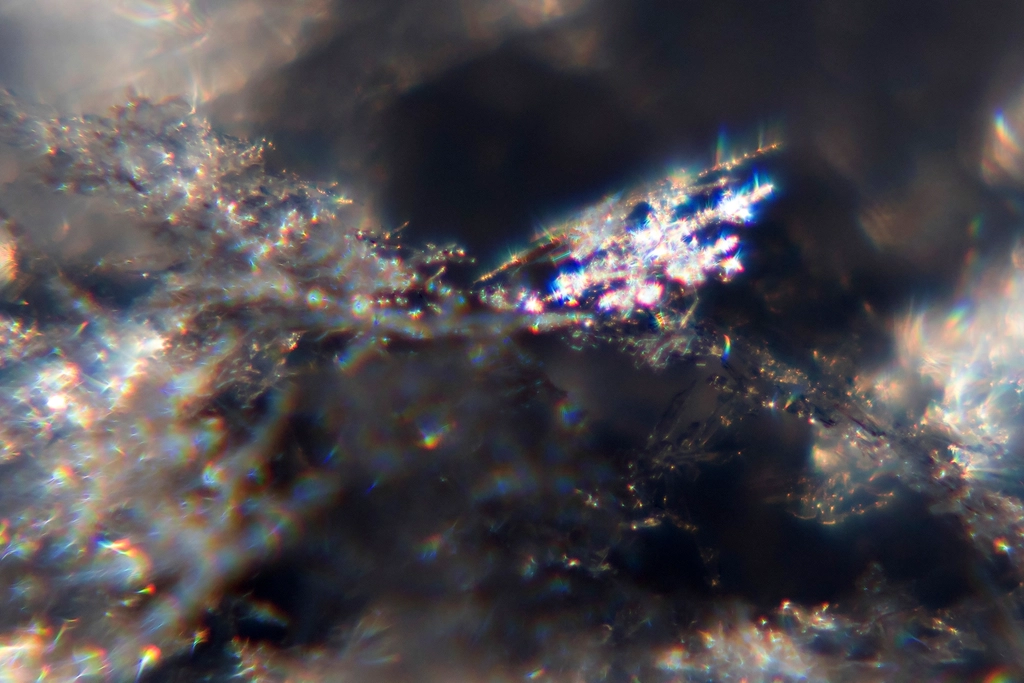
Step onto a late-winter plateau and the first mystery is underfoot: snow that looks identical can behave like entirely different worlds. Sámi herders read wind-carved crusts, granular layers, and buried ice like a field manual, deciding where reindeer can paw through to the lichens that keep them alive. When rain falls on snow – more common in today’s erratic winters – it can freeze into impenetrable armor, trapping food beneath a glassy lid. Herders adjust routes overnight, proving that survival can hinge on noticing a subtle sheen or a shifted drift. It’s field science in motion, performed at the pace of a moving herd.
I tried to see what they saw and learned how a fingertip pressed into a drift can tell you if a calf will eat tomorrow. This granular literacy – call it cryo-literacy – feeds into research on snowpack dynamics and winter ecology. It grounds the idea that climate models need local nuance, not just regional averages. And it reminds us that in the Arctic, the tiniest clues can rewrite the day.
Siida Stewardship: Collective Governance on the Tundra
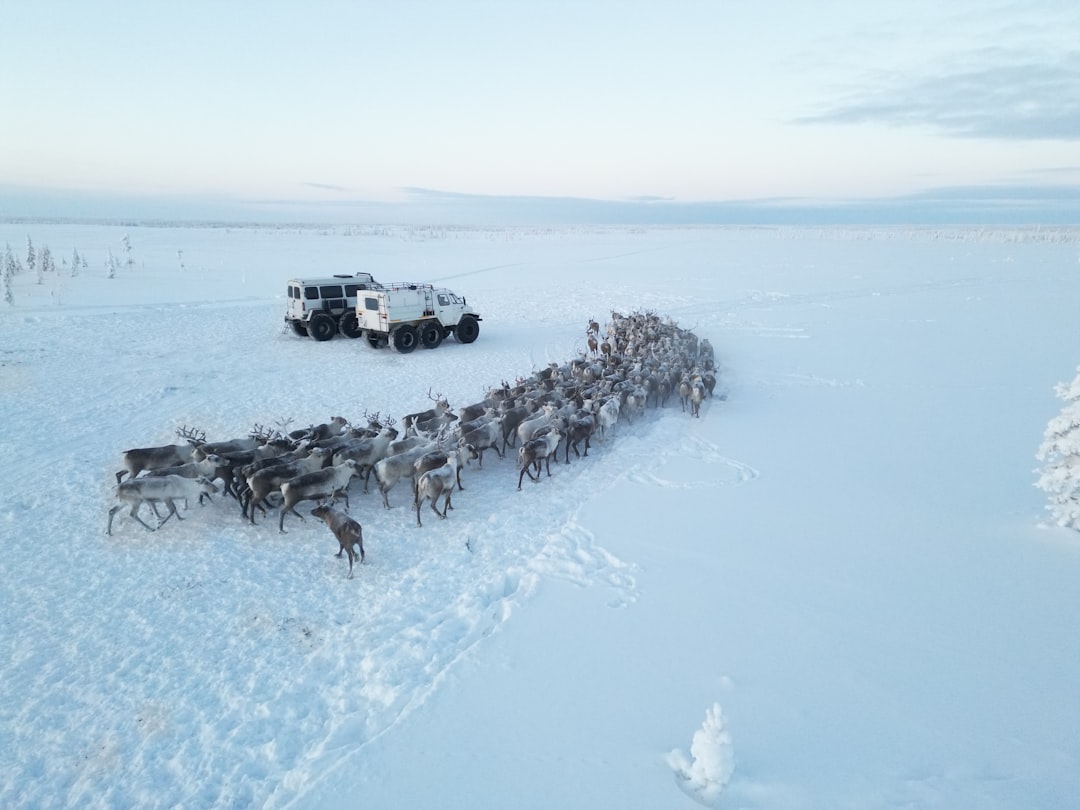
Reindeer herding is not a lone-ranger affair; it’s rooted in the siida, a cooperative unit where families share pastures, make decisions, and manage risk. The siida balances individual herd ownership with collective movement and grazing agreements, an arrangement that spreads responsibility across people and seasons. In scientific terms, it’s a social-ecological system tuned to variability, designed to absorb shocks from predators, storms, and shifting ice. Decisions emerge from consensus and experience, not from rigid timetables, allowing the group to pivot quickly when the weather turns against them. It’s governance built for a landscape that rarely sits still.
Researchers studying resilience often point to the siida as a real-world model for adaptive management. The approach encourages feedback loops – watch what happens, learn, adjust – which is precisely how ecosystems persist. In an age of climate surprises, that humility toward uncertainty may be the most sophisticated tool of all. It has certainly kept reindeer and people moving together for generations.
The Migration Lines: Ancient Routes in a Warming North
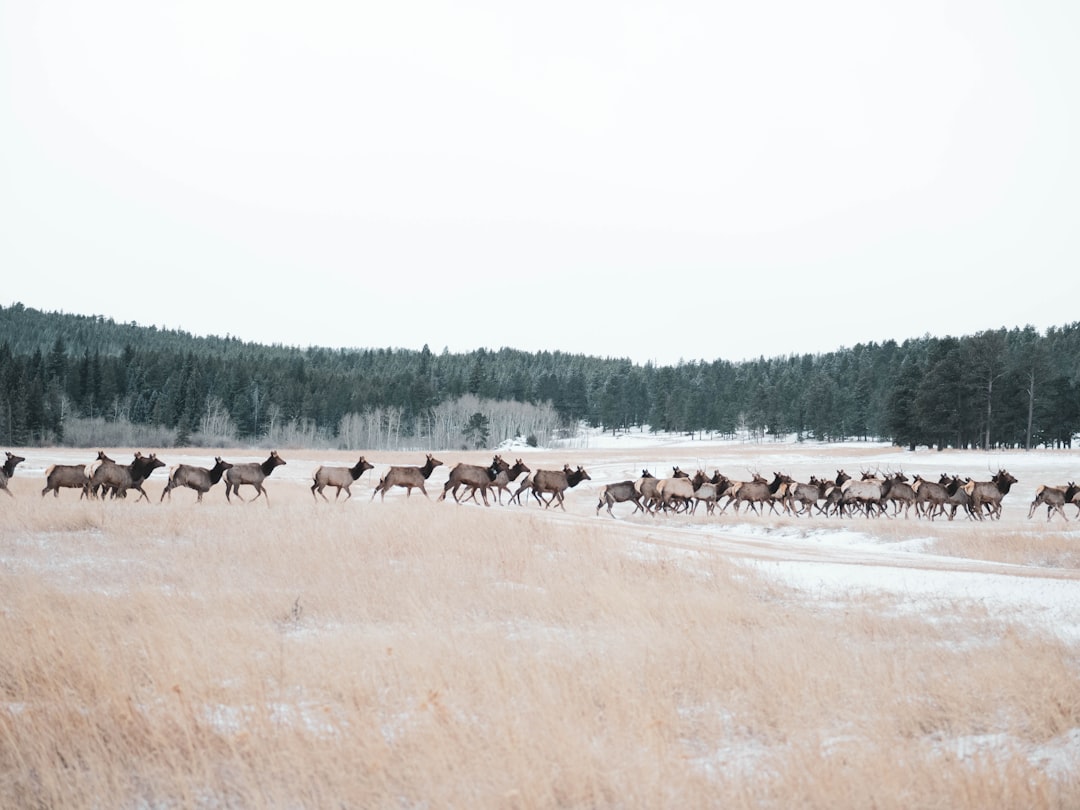
Reindeer learn trails the way rivers learn valleys, returning to calving grounds and summer pastures along inherited lines called boazovázzi. These routes lace through forests, over fells, and across frozen lakes, a choreography mapped by memory more than markers. Today, warmer winters can cause unstable ice and earlier thaws, breaking links that once held steady. At the same time, roads, mines, and wind installations can fragment corridors, forcing detours that cost energy and time. The result is a migration that still knows the way but meets new barriers at every turn.
Collar data from GPS trackers now overlaps with herders’ mental maps, revealing bottlenecks where animals hesitate or bunch up. This merging of tech and tradition helps identify critical crossing points and suggests where mitigation – wildlife overpasses, timing shifts in industry activity – can actually work. It shows that conservation isn’t just about protected boxes on a map; it’s about keeping the lines between boxes alive. When the lines fray, so does the culture that follows them.
Duodji in the DNA: Craft as Knowledge Archive

Duodji, the Sámi tradition of making knives, clothing, baskets, and more, is a practical art form that doubles as an information system. A sheath angle signals how a knife rides in midwinter; a stitch pattern sheds snow; a particular birch root weave resists cracking in deep cold. These aren’t ornaments so much as encoded field-tested solutions, turned beautiful through practice. In a world where gear must work or you pay the price in numb fingers and lost daylight, duodji is engineering with a heartbeat.
Anthropologists and materials scientists alike have taken interest in how duodji preserves low-waste design principles. Natural fibers, modular repairs, and durable fastenings keep objects in circulation rather than in landfills. I left a workshop thinking these makers anticipated the circular economy long before the term existed. The lesson is simple: craft can be a library, if you know how to read it.
Joik Without Words: Music That Maps a Landscape
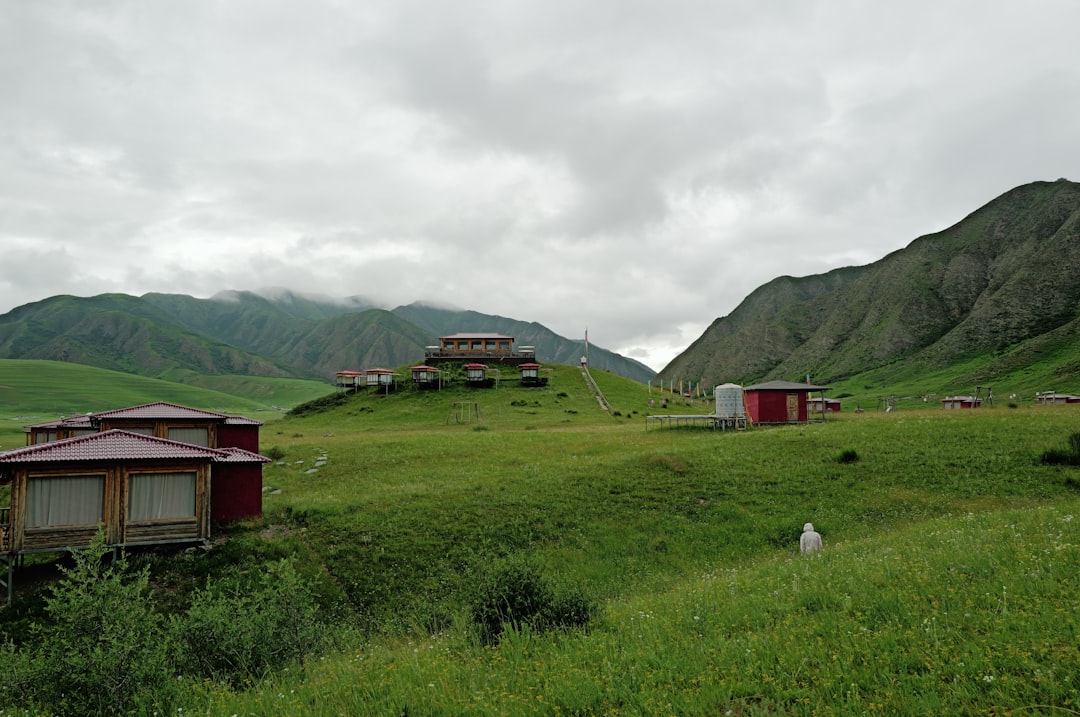
Joik is often described as a song, but it’s closer to an evocation – a way of carrying a person, animal, or place into sound. A herder might joik a ridge or a wind, not to describe it, but to become it for a moment. This tradition travels lightly and sticks fast, turning memory into melody that can outlast roads and power lines. Neuroscientists studying music and memory would not be surprised that joik strengthens group identity and spatial recall. When land access narrows, the music still holds a map.
Joik’s persistence matters in a media-saturated world because it does what satellite images can’t: it binds feeling to geography. That link can motivate action when policies or projects threaten migration corridors. Culture becomes not a backdrop but an engine for conservation decisions. In that sense, joik is both a heritage and a strategy.
Eight Seasons, Not Four: A Calendar Tuned to Reindeer

The Sámi year doesn’t split neatly into spring, summer, fall, and winter. Instead, it turns on finer hinges – calving time, mosquito time, rut, early snow, deep winter, and more – each demanding distinct movements and tasks. This eight-season sensibility aligns labor with ecology, minimizing stress on animals and people alike. It’s a phenological calendar, anchored in repeated observations of first melt, last frost, and insect swarms. Far from quaint, it’s a high-resolution timetable for survival.
Ecologists now track similar seasonal cues to detect climate shifts, from earlier flowering to delayed freeze-up. When herders report misaligned seasons – say, calves arriving before pastures green – the warning lights flash for scientists, too. The calendar helps explain not just what is changing, but when and why it matters. Timing, here, is everything.
From Ancient Tools to Modern Science
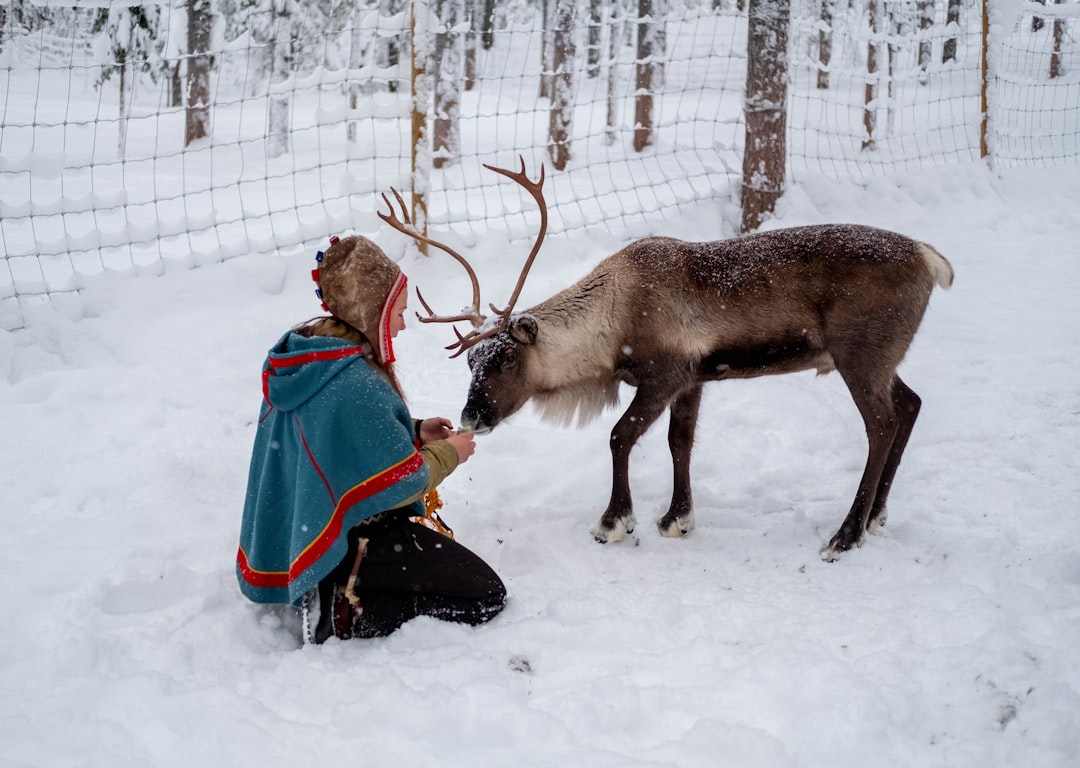
Traditional tools like the suohpan lasso, the lávvu tent, and ear-marking systems for reindeer ownership still anchor herding life. But today they sit alongside drones scouting snow crusts, GPS collars logging movement, and satellite feeds predicting rain-on-snow events. Pragmatism rules: if a technology respects animals and landscape while saving time or fuel, it earns its place. I watched a herder check a phone for ice maps, then coil a lasso with the same effortless rhythm as his grandparents. The point isn’t nostalgia; it’s performance.
Scientists gain when these practices meet. Drone imagery validates local reports of blocked grazing; collar data confirms where detours drain energy reserves. Together, they create a feedback system that can outsmart a volatile Arctic. It’s the opposite of tech replacing tradition – tech is learning to keep up.
Why It Matters
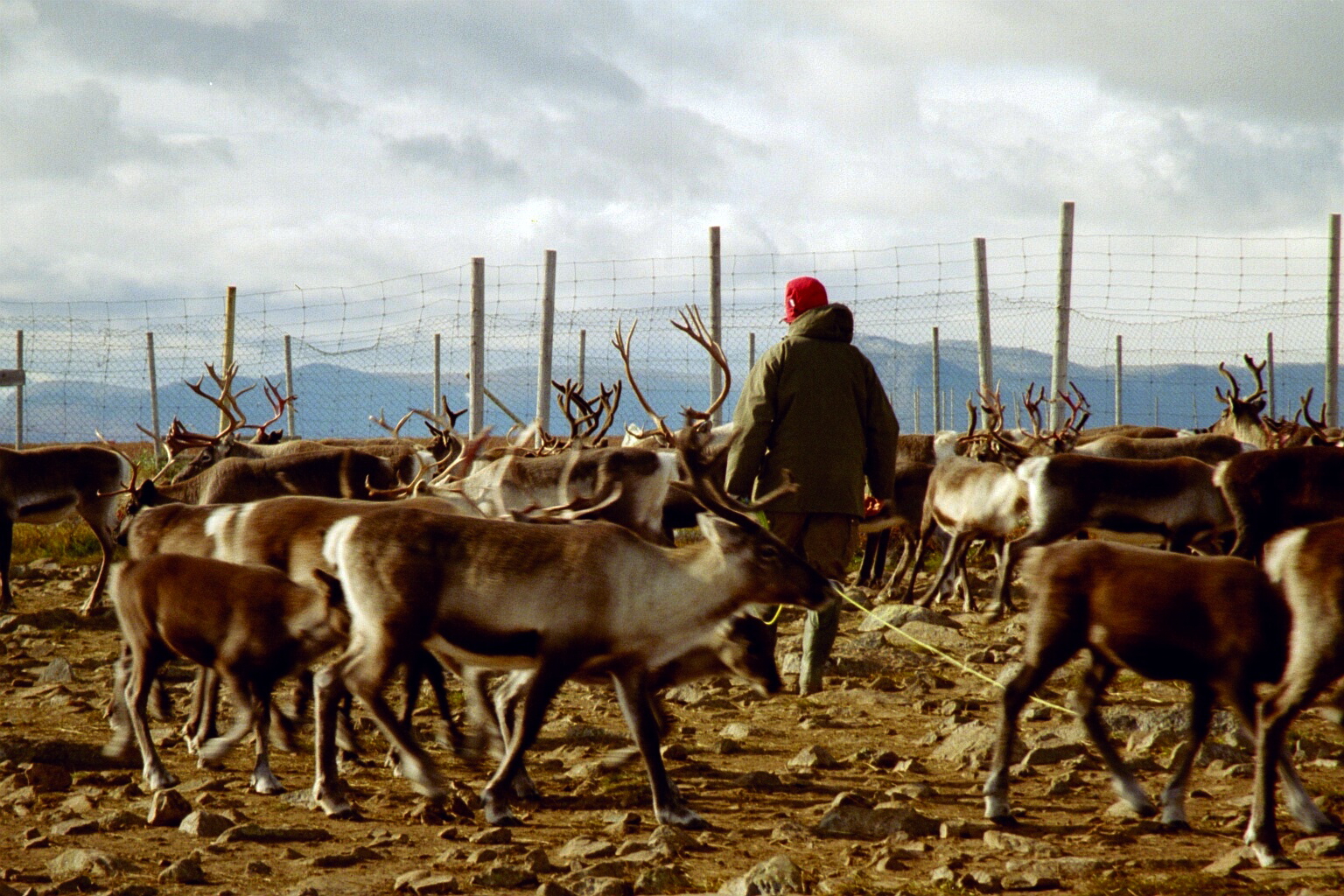
Reindeer herding knits together food security, language, and biodiversity across a vulnerable region. When herds falter, the ripples move outward: fewer lichens grazed, shrublines shift, predators change patterns, and cultural knowledge loosens its grip. Compared with top-down conservation models, Sámi stewardship protects both species and the relationships among them. That tight weave is rare and, in the era of climate extremes, extraordinarily valuable. Lose it, and you lose an entire operating manual for northern ecosystems.
This is also a story about rights and responsibility. Legal battles over land use, from wind projects to mining corridors, test whether modern states can recognize long-standing lifeways as living, not relic. The science is clear that connected landscapes and adaptive management reduce ecological risk. The culture is clear that dignity and autonomy reduce human risk. Protecting both is not just fair – it’s smart.
Global Perspectives
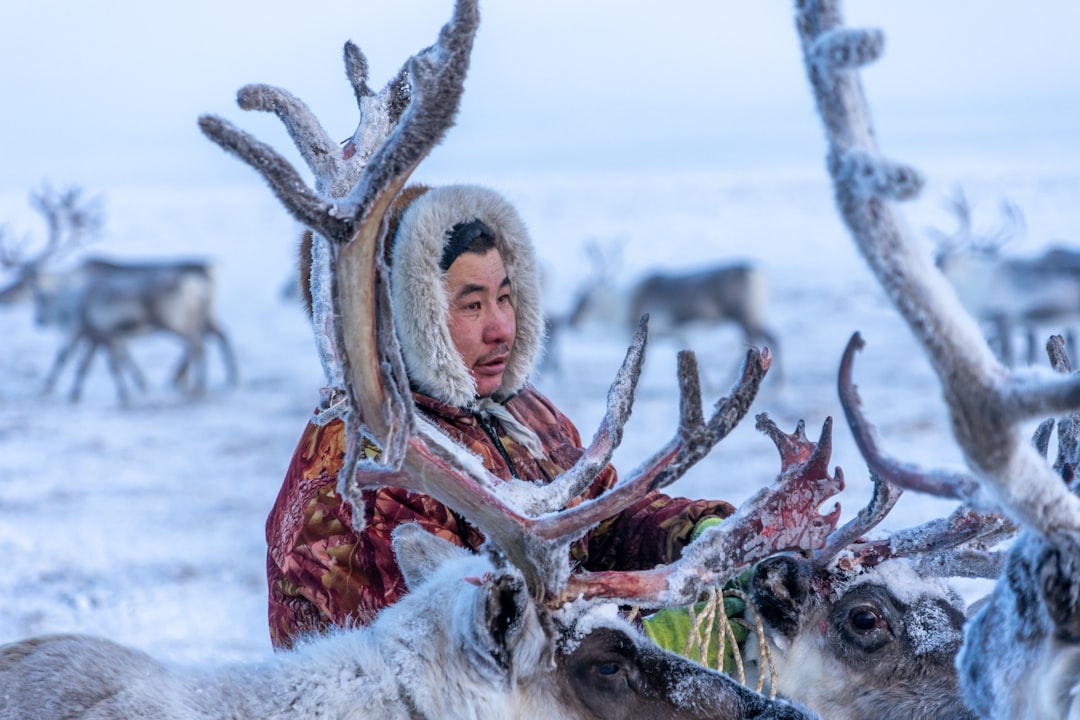
From Alaska to Sápmi, Indigenous herding and hunting cultures face similar pressures: fragmented habitat, warming winters, and a drumbeat of extraction. Yet solutions travel, too. Wildlife crossings informed by migration data, community-led monitoring, and co-management agreements have shown promise across the Arctic belt. The Sámi add a distinct voice, demonstrating that collective governance and fine-grained seasonal timing can scale beyond a single region. What looks local often turns out to be universally instructive.
Scientists increasingly treat Indigenous knowledge as a partner, not a footnote. That shift reframes fieldwork from quick data grabs to durable collaborations. It also produces better models, because the questions start closer to the ground truth. In a crowded century, that proximity matters more than ever.
The Future Landscape

Forecasts suggest more frequent rain-on-snow events, pushing herders to diversify tactics: alternative pastures, supplemental feeding in emergencies, and earlier route planning using high-resolution weather models. Emerging tools – lightweight GPS tags with longer battery life, machine-learning maps that predict crust formation, and community-controlled data platforms – could tip the balance toward preparedness. Policy responses will need to keep pace, securing migration corridors and giving siidas a real seat at permitting tables. Global demand for critical minerals and clean energy must account for cultural and ecological costs, not just kilowatts and ore grades. The next decade will be a test of whether transition can be just as well as fast.
Still, the core bet remains the same: knowledge that has navigated centuries can guide the next ten. If we pair it with precise science and respectful policy, the Arctic’s living library stays open. If we don’t, the shelves start to empty. The choice is ours.
How You Can Help

Start by learning the eight-season lens: pay attention to timing in your own backyard – first frost, last bloom, sudden thaws – and you’ll sense why precision matters. Support organizations that elevate Sámi-led research and youth herding programs, because continuity needs both elders and apprentices. When energy or mining projects claim inevitability, ask not only how they cut carbon but where they cut across migrations. Policymakers listen when the public demands solutions that respect land, animals, and people together. If you’re a scientist, build projects with communities from the start, and share results in ways they can use tomorrow.
Most of all, stay curious about the knowledge hidden in plain sight – the small clues in snow, the hand-memory in a stitch, the map inside a melody. That curiosity is the gateway to solidarity, and solidarity is what keeps herds moving. The tundra doesn’t yield to force; it answers to attention. Are we paying enough of it?

Suhail Ahmed is a passionate digital professional and nature enthusiast with over 8 years of experience in content strategy, SEO, web development, and digital operations. Alongside his freelance journey, Suhail actively contributes to nature and wildlife platforms like Discover Wildlife, where he channels his curiosity for the planet into engaging, educational storytelling.
With a strong background in managing digital ecosystems — from ecommerce stores and WordPress websites to social media and automation — Suhail merges technical precision with creative insight. His content reflects a rare balance: SEO-friendly yet deeply human, data-informed yet emotionally resonant.
Driven by a love for discovery and storytelling, Suhail believes in using digital platforms to amplify causes that matter — especially those protecting Earth’s biodiversity and inspiring sustainable living. Whether he’s managing online projects or crafting wildlife content, his goal remains the same: to inform, inspire, and leave a positive digital footprint.



